Campaundul (or bells, balabolok, keys, Adams staff) occupies an honorable place among the abundance of garden plants. You can learn the flower on sophisticated flowers-bells and bright green foliage. It was for such an elegant outfit to Campanul called the "Bride Groom". All about the flower campaundul you will learn from today's article.
Content |
Campaundul, culture description
Campaundul is a numerous genus of grassy plants belonging to the family of bells. The birthplace of bells - Mediterranean. In nature, they grow well in conditions of moderate climate - in the Caucasus, Asia and Siberia, North America. The perennial cocoon, but also there are two-year varieties.
A variety of agriculture agriculture. They fill the meadows, forest edges, steppes, and some species can be met on rocky areas and in wasteland, in the Alpine mountain belt.
The name of the plant campaundul has a scientific interpretation. It comes from Ital. Campana that translated as a "bell" and fully characterizes the appearance of the flower.
- A wrench at the plant with a clear bell shape, bonding bonds, less than one starve. They can be simple and terry, in diameter reach 2-6 cm. Lefts of a beautiful green color, solid solitary.
- The bells are simple and at the same time gourmet plants, in color they paint into pastel and bright purple, white, purple paints. During the flowering period, except for a beautiful spectacle, you can catch a lightweight sweet fragrance.
- Stem campaundles garden can be dense and straight or thin and curly. The height of the shoots ranges between 40 and 150 cm and is determined by the varietal features.
- Blossoms of bells last the entire summer season and often delayed until the end of September.
- The fruit of the campaundul is a box with several slightly harvested holes (as a rule, they are 4 or 6).
Many varieties of bells are under threat of disappearance. They are massively assembled for bouquets, ruthlessly destroying their growing places. 12 species have already been added to the Red Book.
Campanuly species and varieties
There are 440 species of campaundul, which are studied and described in detail. But in gardening is popular only a few dozen. Let's get acquainted with the most beautiful of them.
Campaced a bell of a fire
Low-twenty centimeter Perennial, founding in the Balkans. He has sharpening stalks that distribute 30 cm wide. Leafs are large and round, flowers resemble elegant asterisks or small bells. It blooms throughout July, the color of the bass of gentle blue, lavender, pinkish.
The view is pretty hardy tolerates the shadow and frost to -40⁰. The famous grade of this species is "Blyuranka". He has star flowers, 2-3 cm in diameter and foliage of dark green.
Campaundul Karpatskaya
The flower was first discovered in the Carpathian forests, hence his name. Perennial up to 35 cm in height. Puffy leaves are small and collected in a socket, roasting - larger and egg-shaped. Facey flowers do not exceed 5 cm in diameter, their color is sky-blue, snow-white, violet. Several beautiful varieties are derived:
- "White Vorder" is a creps of terry. Large flowers outwardly resemble a fluffy violet, which is strongly distinguished among green leaves. Often grown as indoor culture.
- "White Star" is a variety with high decorativeness, he has large semi-open milk-colored inflorescences.
- Blue Vorder is another potted grade of terry campaundul with inflorescences of violet color.
Campaundum Krapoliste
Beautiful honey plant with leaves resembling nettle. In addition to high decorativeness, bells are characterized by therapeutic properties and are used to treat colds. Also, the young greenery of this campaundul is used in cooking for cooking soups and salads. It grows up to 70-100 cm in height, egg-shaped leaves, housing; Flowers are small and painted in a snow-white, gentle blue or lilac color. Duration of flowering - 2.5 months.
Persico Campanula
Perennial species with wide colors - white or light blue colors. Stems upright, more bare, in height reach 90-140 cm. The leaves are dark green, narrow. The flowering period is June-July. Among the varieties are allocated:
- Alba is a royal variety with luxurious snow-white flowers up to 5 cm in diameter.
- "Ceruloea" - a variety of brittle expires a height of 60-70 cm; Inflorescences are large, blue-purple, collected in private inflorescences.
Milky Campanula
White beauty with high branched stalks. Numerous dairy buds collected in pyramidal inflorescences are bangible for them. It is the highest (up to 170 cm) and the endless view of the bells, whose bush in diameter can grow to 150 cm.
There are two colors: purple with white middle or blue with beige neck. This is a very fragrant beautiful blossoming view. The most famous variety is "paradise". This is an unpretentious bell with increased frost resistance. The grade forms a large spherical bush with large funnel-shaped colors of different shades: from a gentle dairy to dark purple.
Campaundul is crowded
Compact view with a branched stem up to 35 cm. Flowers are large, cupid, 4-5 cm in diameter. Leaves saturated green, egg-shaped, color of buds light blue, dairy, violet.
- Superba - the variety blooms to the last days of August, grows up to 40-45 cm, buds are large, gently white.
- Akaulis is a low-speed hybrid with white-blue bells and blue-purple color.
Campaundul, landing in open ground
It is better to land the campaundul, but a good result also gives the seed reproduction. This is done in the late spring or in the first summer days. It is better to choose a better open part of the garden, not surrounded by high trees, dense shrubs, structures. If you need to plant an adult bush, you can do it in the fall, namely in October, so that the plant is successfully rooted and prepared for winter cold.
Sowing seed Campaneules in the ground
By making the decision to breed the bells by the seed method, it is necessary to take into account that the seeds are seeded either in May or in October. On a plundered garden, you need to form a groove, sow seeds and pour out the ground by 3 cm. With the arrival of spring, young shoots thin and transplanted if desired.
For the cultivation of the campaundul, the seeds are sown in the pot with a light damp soil, deeply close. You need to do it in May-June. The soil is better to use homemade, which consists of three parts of the turf, six parts of the humus ground and one part of the sand.
Then the containers are covered with film, and periodically moistened with a spray gun. Two weeks, the first searches are brought together, which in 19-21 days can be divened, and in August to transplanted on a constant bed.
Advice! Campaulan seeds do not need preparation, so immediately seed into the soil.
Choosing soil and landing Campanul seedlings
Young stroke should be planted on a prepared bed. The soil should be saved, without weeds. If the ground is heavy, you need to deposit sand and humus. Since the campaundul is prone to fungal diseases of the rhizome, manure and peat is not recommended.
Place for flower beds need to choose a spacious, not wetlands, sunny. For the discharged varieties, a plot with a light scattered light will fit, but without barriers.
Although the bells are very moisture, they prefer the loamy soil without stagnation of water, so the drainage is needed. If the soil is acidic, you will have to hold it.
The distance between the seedlings depends on the type: for dwarf bells - 10-12 cm, for the average - 20-25 cm, for high - 50-70 cm. Plants are planted into the prepared holes with a depth of 8-10 cm, then the soil is plucked and watered, and Seedlings are hidden from the sun. For the winter, young bushes should be covered with a sweetheart or foliage.
Advice! Blue-violet colors of bells - just a find for a blooming garden. To emphasize such dignity can be a successful floral "neighborhood" with roses, Clematis, Akvilia, Iris, Echinacea.
Campaundul, garden care
Bells can boast endurance and unpretentious. Therefore, if you provide the most elementary care, they bloom abundantly, rarely sick and live about 6-8 years.
Rules of irrigation and loosening of soils for campaundul
The bell needed a large volume of moisture, but it should be normalized, as the soil grain. Therefore, it is necessary to correctly organize watering so that the plant does not dry and at the same time did not reject from excess water.
You can use rain or well-dusty water, watering the campaundul after sunset. The frequency of watering is determined in accordance with weather conditions. In the period of drought it is necessary to increase, otherwise the flowers are minced, the leaves lose the brightness, the growth of the plant is suspended.
After each irrigation, the soil is necessarily fried. To reduce the loss of moisture, the soil around the campaundul is mounted with pine opade.
After the breadth of the last bud, watering is reduced to 1-2 times a week, and with the arrival of cold weather, two or three polishers per month.
Campaulan fertilizer application schedule
All garden forms of campaundul need nutrient soil and regular feeding. Fertilizers need at least three times per season:
- In May-April, nitrogen-containing fertilizers are used, which provide good foliage development.
- At the stage of formation of buds - the best choice will be complex mineral compositions.
- The flowering period - make fertilizers with a high content of potassium and phosphorus.
Pruning, transplant and resting period Campanulu
Blokes bloom, as a rule, for the second year of life. Often they produce several color seeds at once. It strongly depletes the young plant, so it is better to cut extra floral arrows to make the campaundul be fully fixed.
The activity of growth and abundance of flowering affects the inflow of oxygen to the rhizomet. Therefore, it is important to regularly loosen the soil near the roots and timely remove weeds. Also do not forget to remove the blurred inflorescences.
Bells are capricious react to a transplant. If there is such a need, it is better to make a transplant at the end of summer. Shooting a bush, always leave on the roots of an earthen room to reduce their injury to a minimum. After 19-21 days, it is necessary to feed the roots.
The bell cocooner tolerates frost well, but for this he needs preparation. Experienced gardeners advise to trim the overhead part before the arrival of winter, leaving a 10-15 cm long stalk. Such care will allow the plant to calmly overrees, and the next year release strong young shoots.
In the regions with severe winters it is better to cover the bells with foliage or other trigger material. But in the spring it is necessary to quickly remove so that the flower does not run.
How to deal with pests and diseases of Campanul
Frequently occurring diseases of the Campanules are associated with excessive soil watering. As a rule, it leads to the development of pulse dew, fungi, nematodes. For the treatment of the diseased plant, drugs, funda oresol and potassium permanganate solution are used.
From pests on the bushes of bells, you can see the slugs that slobbish the penny, ants and the TRU. To deteriorate them, you have to use insecticide, infusion of garlic.
Campaundul, reproduction with cuttings and the division of the bush
The bells perfectly multiply the vegetative method - grinding and dividing the bush.
To grow a plant from a cutter, young shoots are cut in early April. They are immersed in a loose substrate and are covered with glass or plastic presidine on top. Four weeks later, there is a rooting, and the cuttings are transplanted at a permanent place.
The division of the bush is carried out in a plant older than 3-4 years. In the period from May to August, large healthy bushes dig up and carefully divided into fragments. Then every new bush is checked for the presence of root and kidney, and then settles in the ground.
Knowing all the subtleties of growing campaundul, you can enjoy the sophisticated flowering of this beauty. With it, you can revive even the most faded areas of the garden, settling there bright colors of summer.

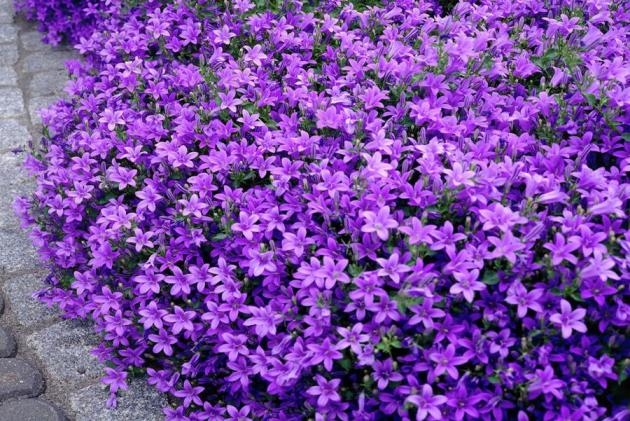
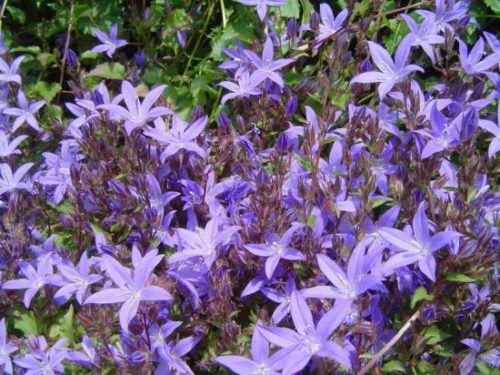
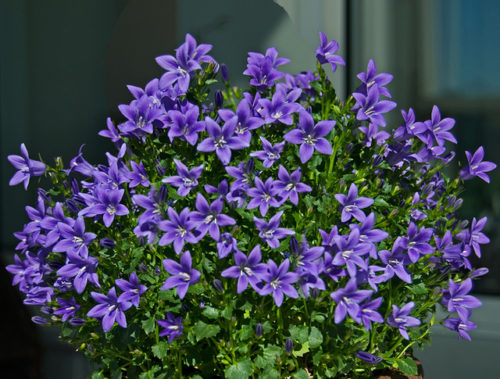
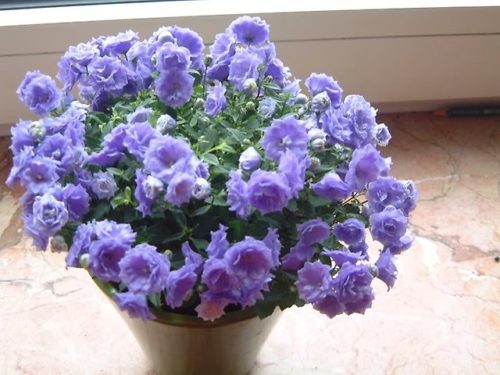
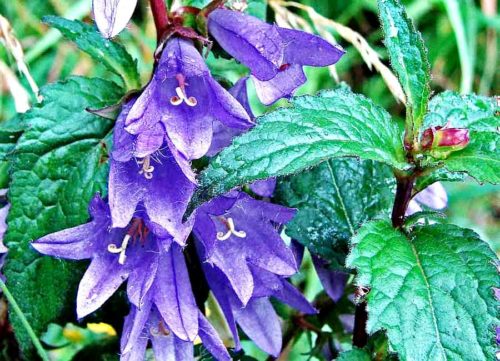
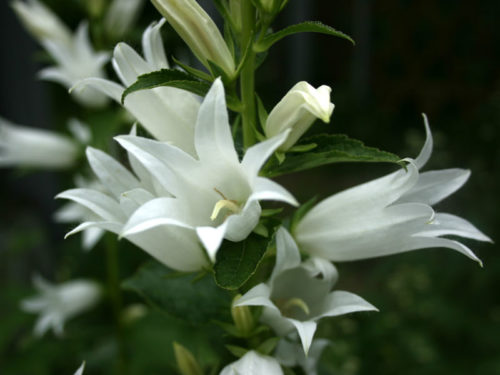
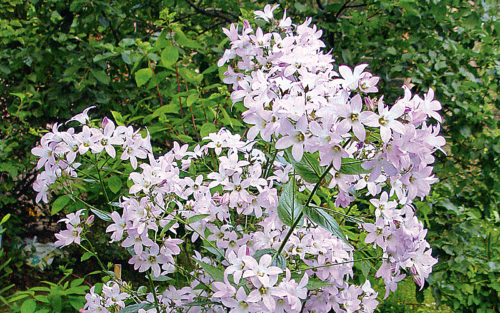
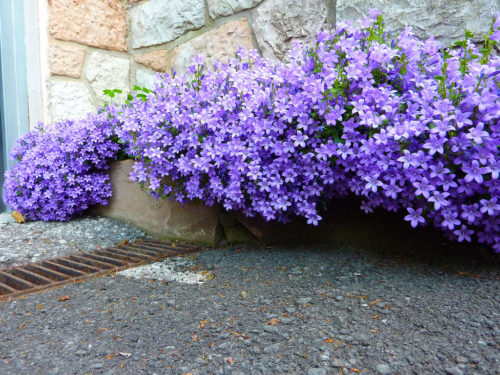

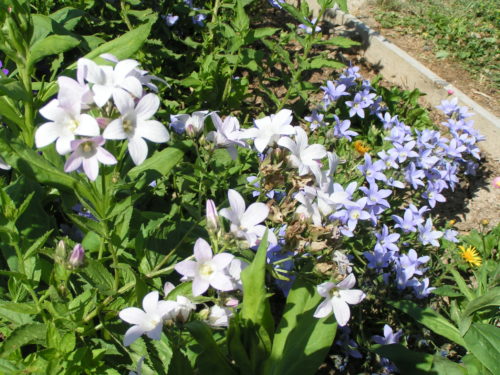
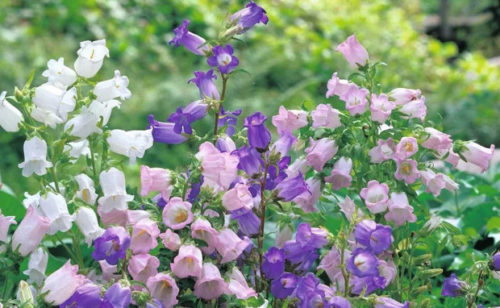
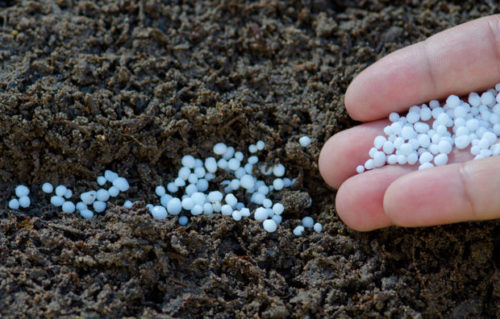
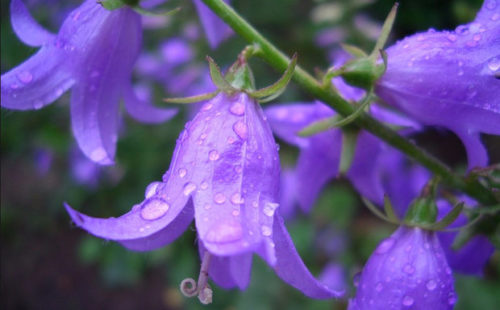
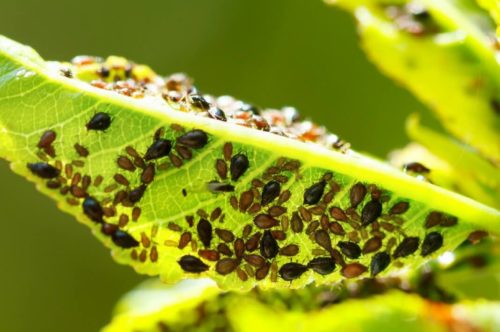
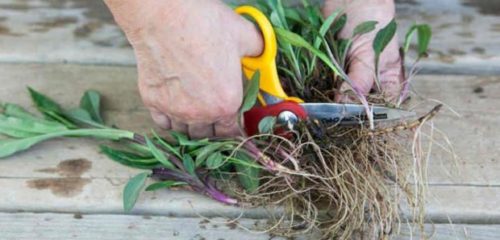
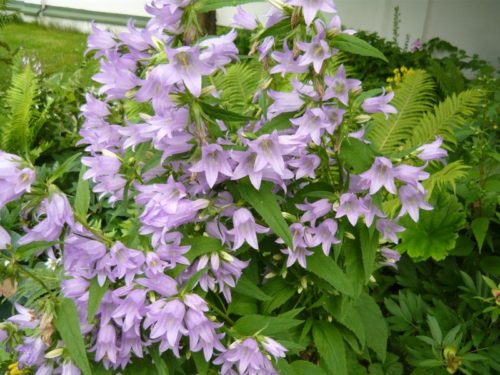
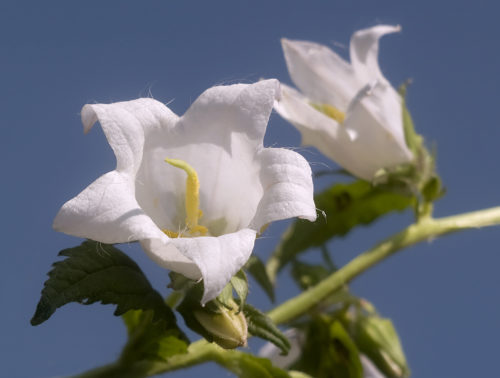
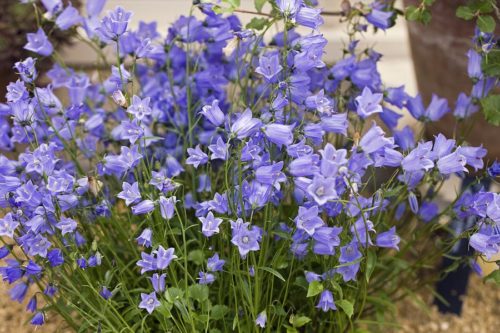
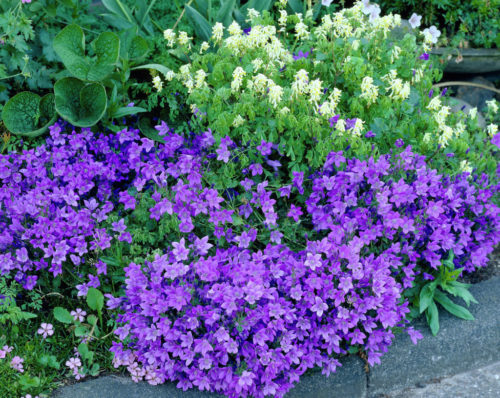
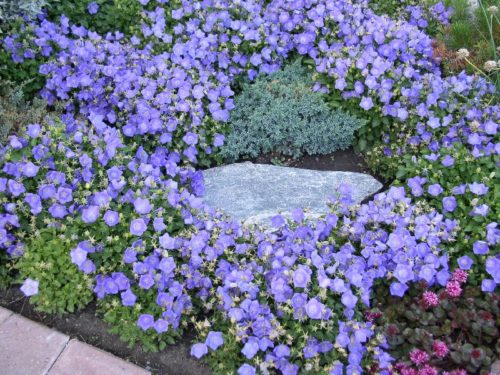
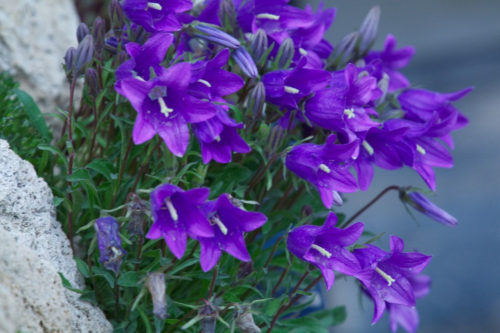












 Start a discussion ...
Start a discussion ...